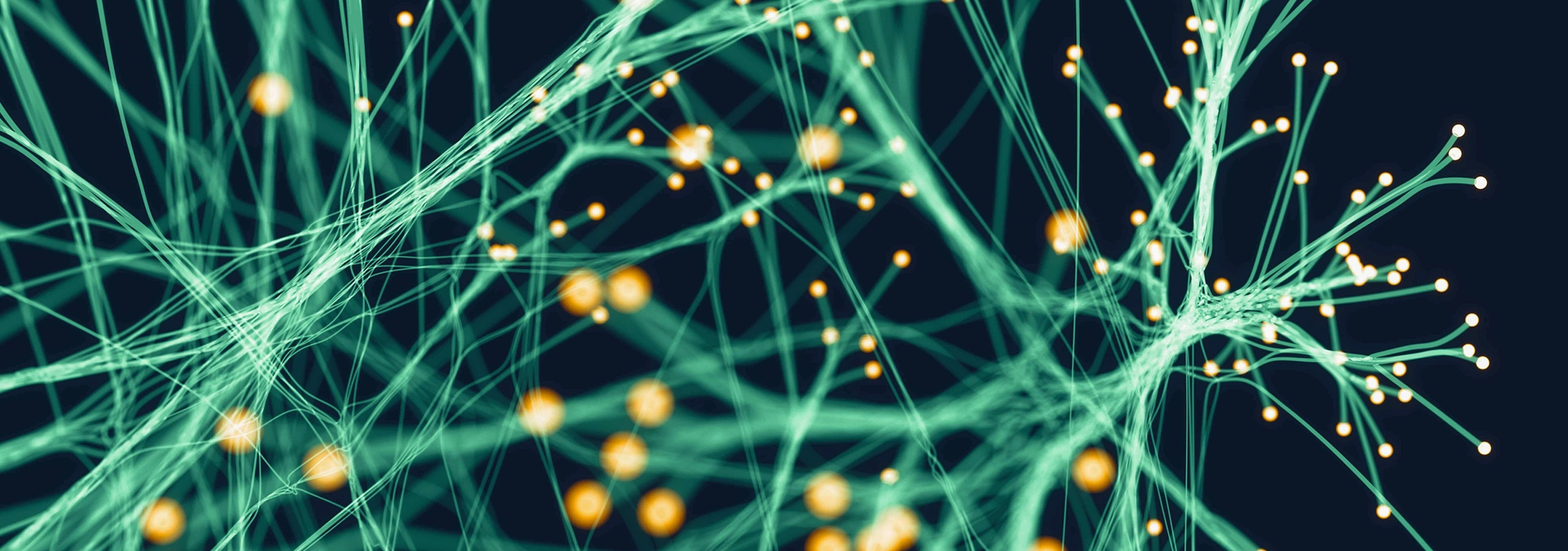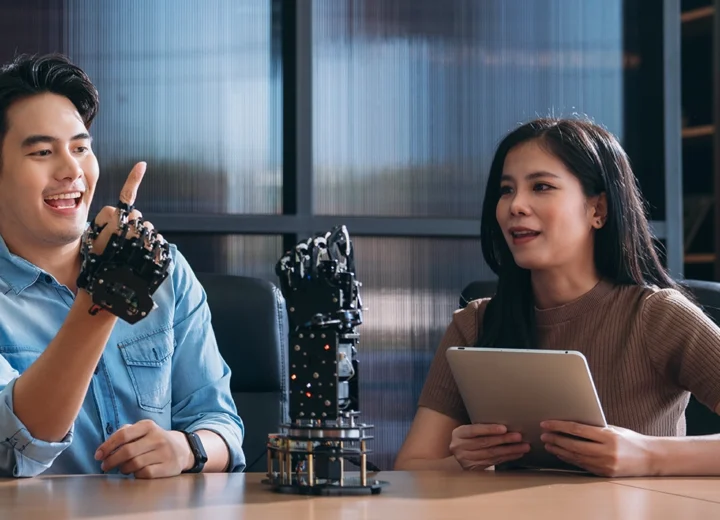
Welcome to the next chapter in our series on machine learning. In this chapter, we take a look at Transfer Learning, a powerful paradigm that enables models to leverage knowledge gained from one task to excel in another. Transfer Learning stands as a bridge, allowing the transfer of learned representations across domains, tasks, or scenarios. Join us as we unravel the principles, applications, and the transformative potential that Transfer Learning holds for creating more efficient and adaptable machine learning systems.
Introduction
Introduction to Transfer Learning
Definition & Core Concepts
Transfer Learning is a machine learning technique where a model trained on one task is repurposed for another related task. Instead of starting the learning process from scratch, the model leverages knowledge gained from the source task to enhance its performance on the target task. Transfer Learning is particularly valuable when labeled data for the target task is limited, expensive, or unavailable.
Types of Transfer Learning
Inductive Transfer Learning: In this type, the source and target tasks are different, and the model aims to transfer general knowledge from the source to the target task. It involves adapting the model’s learned features to the target task.
Transductive Transfer Learning: Here, the source and target tasks are the same, but the data distributions differ. The model transfers knowledge from the source distribution to the target distribution, helping it generalize better on the target task.
Approaches
Transfer Learning Approaches
Feature-based Transfer
Feature-based Transfer Learning involves using features learned from the source task as a starting point for the target task. The initial layers of a deep neural network pretrained on a source task can serve as feature extractors for a target task, promoting faster convergence.
Model-based Transfer
Model-based Transfer Learning goes beyond feature extraction. It involves fine-tuning the entire pretrained model on the target task. This approach is suitable when the source and target tasks share similar input spaces and high-level representations.
Notable Applications
Applications of Transfer Learning
Image Classification
Transfer Learning has demonstrated success in image classification tasks. Models pretrained on large datasets (e.g., ImageNet) can be fine-tuned on smaller, task-specific datasets, yielding improved performance with less labeled data.
Natural Language Processing (NLP)
In NLP, Transfer Learning has become a cornerstone. Pretrained language models, such as BERT and GPT, capture contextual relationships in language. These models can be fine-tuned for specific NLP tasks, such as sentiment analysis or text summarization.
Healthcare
Transfer Learning finds applications in healthcare, where models pretrained on diverse medical datasets can be adapted to specific diagnostic tasks with limited labeled data. This approach helps in creating more effective and specialized medical models.
Challenges
Challenges & Considerations
Domain Gap
One challenge in Transfer Learning is dealing with domain gaps—differences in data distributions between the source and target tasks. Adapting knowledge from one domain to another requires addressing these distribution shifts for effective transfer.
Overfitting
Overfitting can occur when the target task’s dataset is small. Fine-tuning a pretrained model on a small dataset may lead to overfitting. Techniques like data augmentation and regularization help mitigate this challenge.
Future
Future Directions & Advancements
Lifelong Learning
Advancements in Transfer Learning are leading towards Lifelong Learning, where models continuously adapt to new tasks over time. This involves developing techniques that allow models to accumulate knowledge and efficiently transfer it to novel tasks.
Meta-Learning
Meta-Learning, or learning to learn, represents another frontier. This involves training models to quickly adapt to new tasks with minimal data by leveraging knowledge gained from a diverse set of previously encountered tasks.




